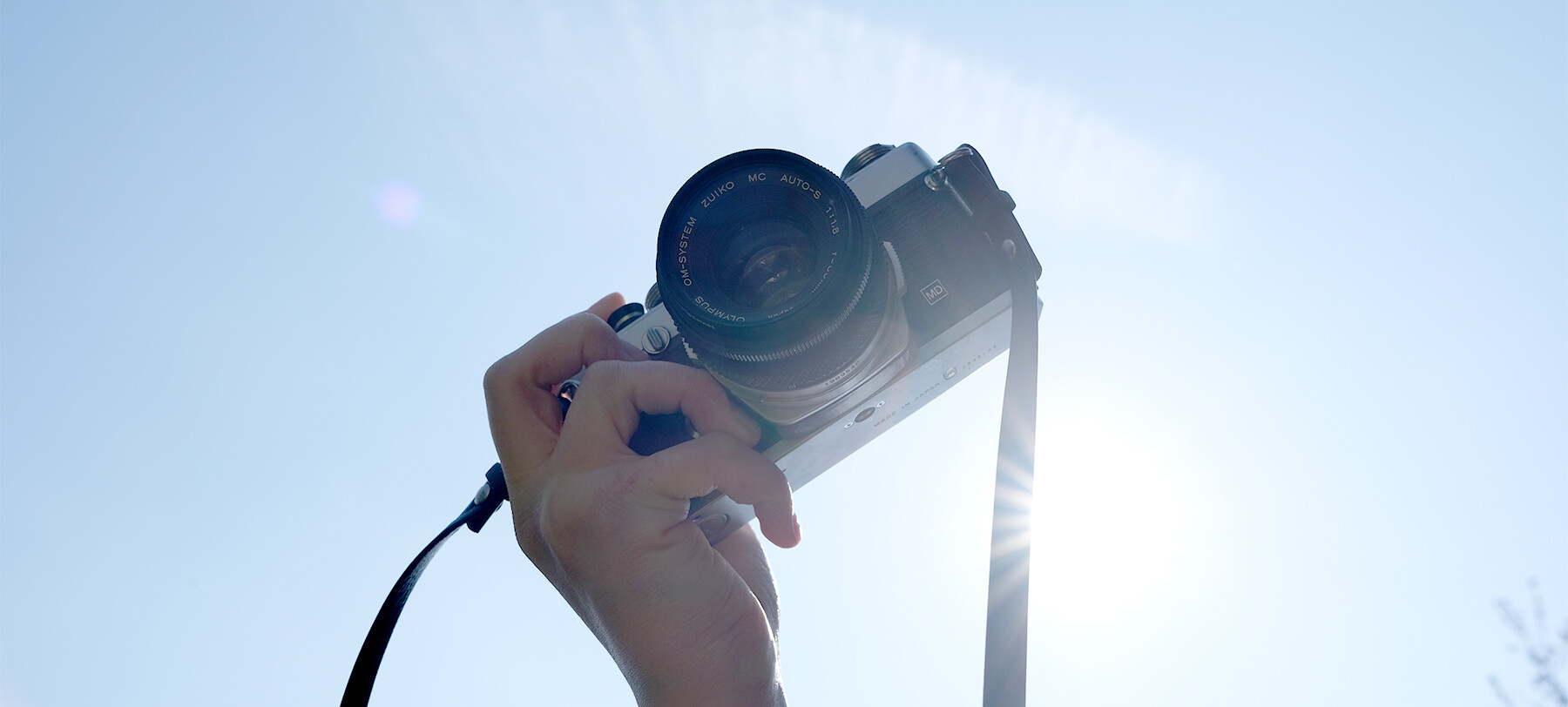
Understanding the sunny 16 rule
Posted on Mar 27, 2020
Even in the modern age of digital photography, the sunny 16 rule is essential know-how for measuring exposure.
The infamous sunny 16 rule was the go-to method of measuring exposure on the spot for a long time, but now with cameras featuring in-built light meters, light meter apps on your smartphone and more, is it redundant knowledge? We think not.
For a start, it’s a valuable learning tool for beginners seeking a greater understanding of metering and how a camera’s exposure settings interact. Even for more advanced photographers, knowing the rule in great depth can be a real time saver. Rather than adjusting your settings by following your light meter, you can go straight to the settings you need, with just a quick glance at your meter for reassurance before shooting.
Also, there’s a chance your camera’s meter could be off, and depending on your metering mode, it could not be metering what you want to capture at all. The benefit of incident metering, which is what the sunny 16 rule is based on, over reflected metering, which is what cameras do, is greater accuracy across a broader range of subjects, regardless of if they are reflecting a lot of light or not very much light at all. We’ll cover metering modes in greater depth in another feature – for now, let’s get back to the subject in hand.
What is the sunny 16 rule?
As the name suggests, the rule states that in clear sunshine, when your aperture is set to f/16, your shutter speed should match your ISO. For example, if your camera was set at ISO 200, you’d just need to set a shutter speed of 1/200sec for a balanced exposure.
You may be thinking there’s no 1/200sec on your shutter speed dial, but you may be able to control your shutter speed in half- or third-stops through your camera’s deeper settings. If not, opt for the closest match, e.g. ISO 100 and 1/125sec or ISO 200 and 1/250sec.
But what if it isn’t sunny, or you don’t want to have to shoot at f/16 or the shutter speed dictated by your ISO? There’s no need to worry, those bases are covered. Dealing with varying conditions is easiest, so let’s look at that first.
The same reciprocated shutter speed and ISO relationship applies, but as conditions darken, you simply change the aperture. The table below gives a full list of apertures and conditions, and we’ve also included shadows, as this is a great way of accurately gauging the light.
Table Unfortunately, the cloudy 5.6 rule isn’t quite so catchy, but closing your aperture a full stop with each change in conditions is easy enough to remember
When it comes to straying from the rule’s original aperture and shutter speed, there’s a bit more to remember, but nothing too complex. Whenever you add a stop of light in one area, you simply take one away in another.
In doing this, you can shoot using an aperture or shutter priority system. For example, if it were a sunny day and you were shooting at ISO 200, you’d begin at f/16, 1/250sec. If you wanted a faster shutter speed, you could speed up to 1/500sec and lose one stop of light, then open your aperture to f/11 to gain it back.
If you’re using a digital camera, you can also adjust your ISO and simply use the rule as a starting point, but maintaining the correct exposure does become more of a balancing act when adjusting all three settings.
Table On a sunny day and with an ISO of 100, any of the combinations above would give a balanced exposure. It’s worth noting that many cameras won’t offer shutter speeds faster than 1/1000sec
That’s really all there is to it, and that simplicity is what makes the sunny 16 rule such a great tool to understand and use.
For more techniques like this one, take a look at our Inspiration section. You’ll find everything from comprehensive filter guides to features explaining hyperfocal distance.
If you have any questions, you can find us on Instagram, Twitter or Facebook by using the handle @photonewspn
Don’t forget to sign up to receive our newsletter below, and get notified about the new issue, exclusive offers and competitions.
Have you heard The Photography News Podcast? Tune in for news, techniques, advice and much more! Click here to listen for free.




